6 conclusions from the 2019 Giro Rosa
A commanding Van Vleuten win, the emergence of new talent, and a call for better TV coverage
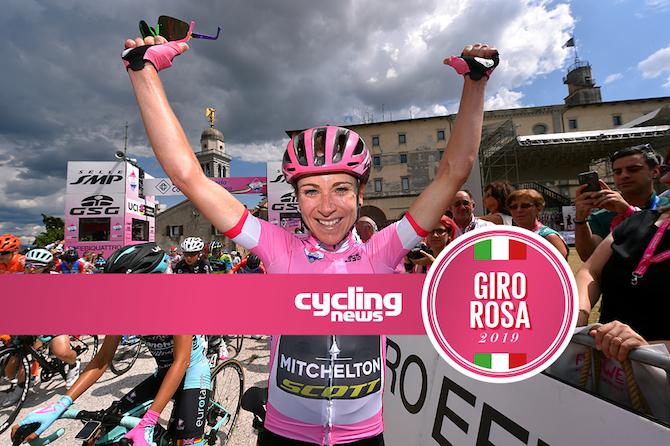
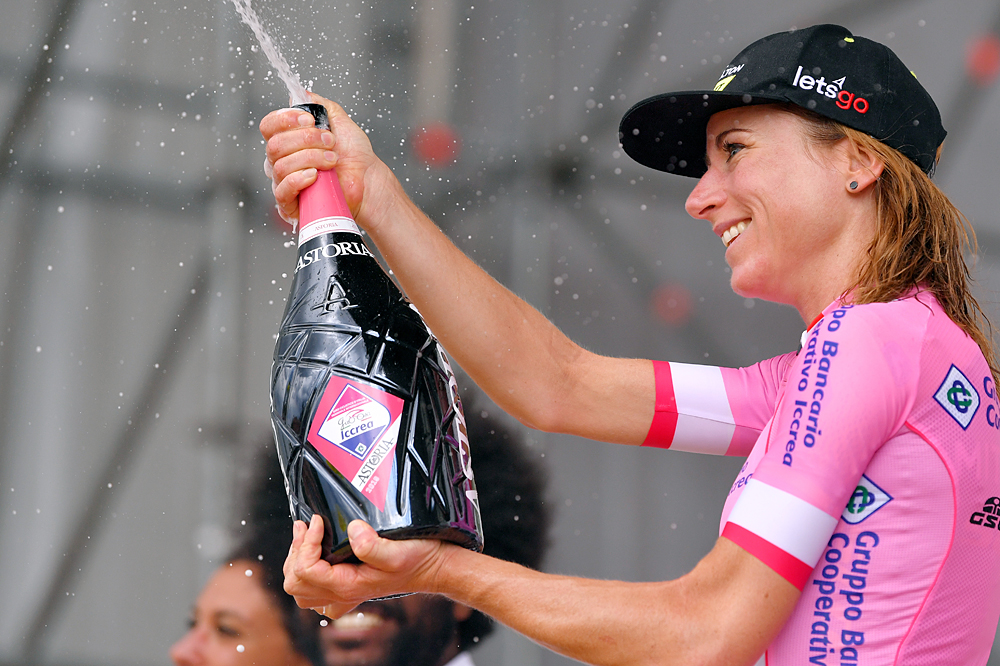
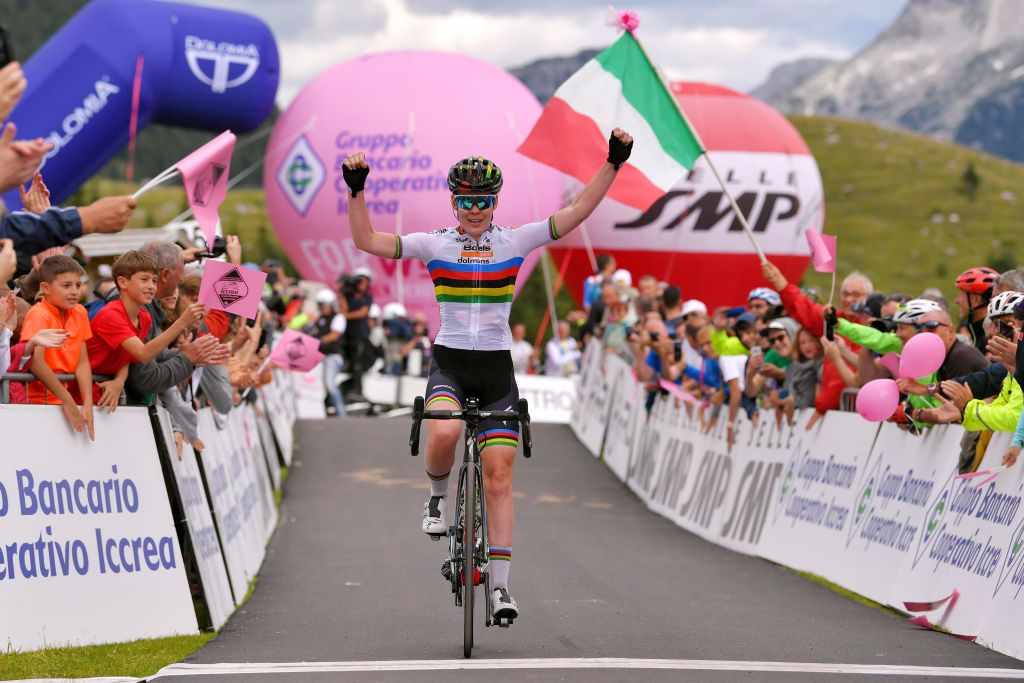
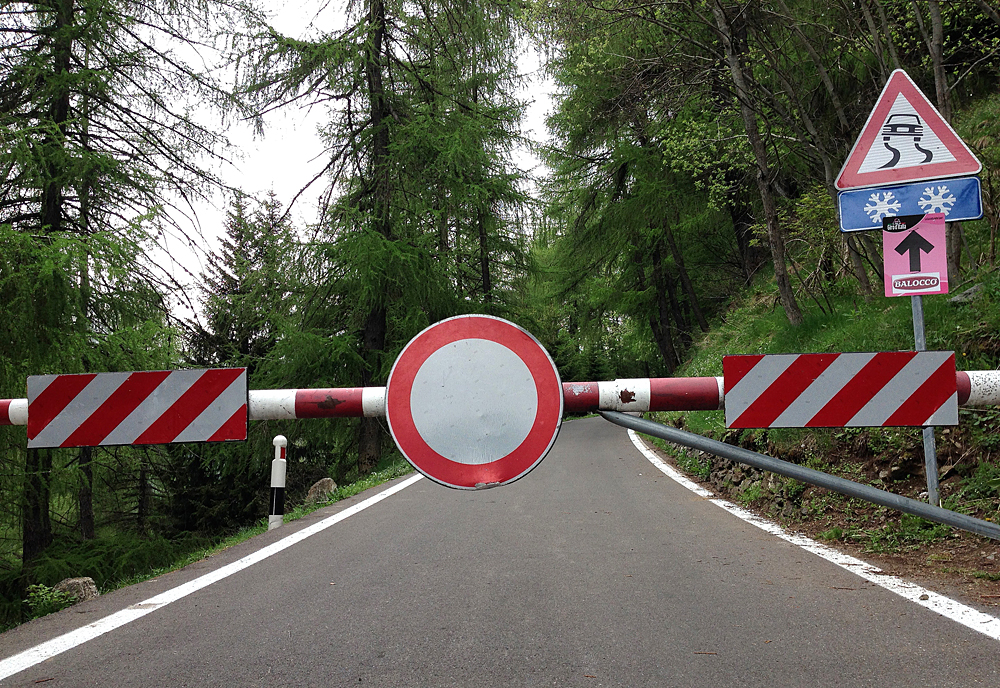
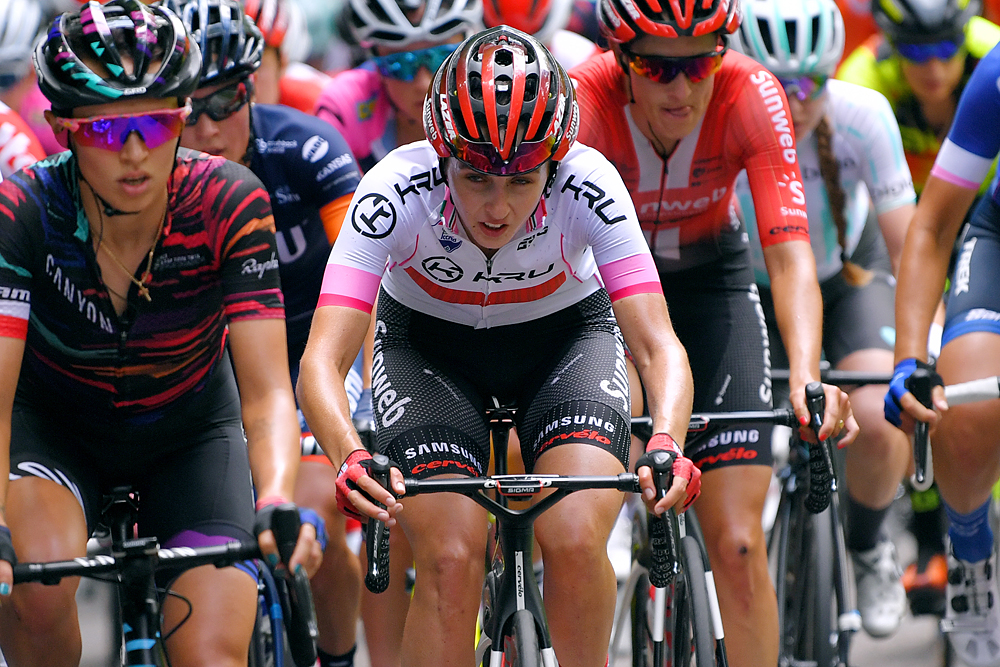
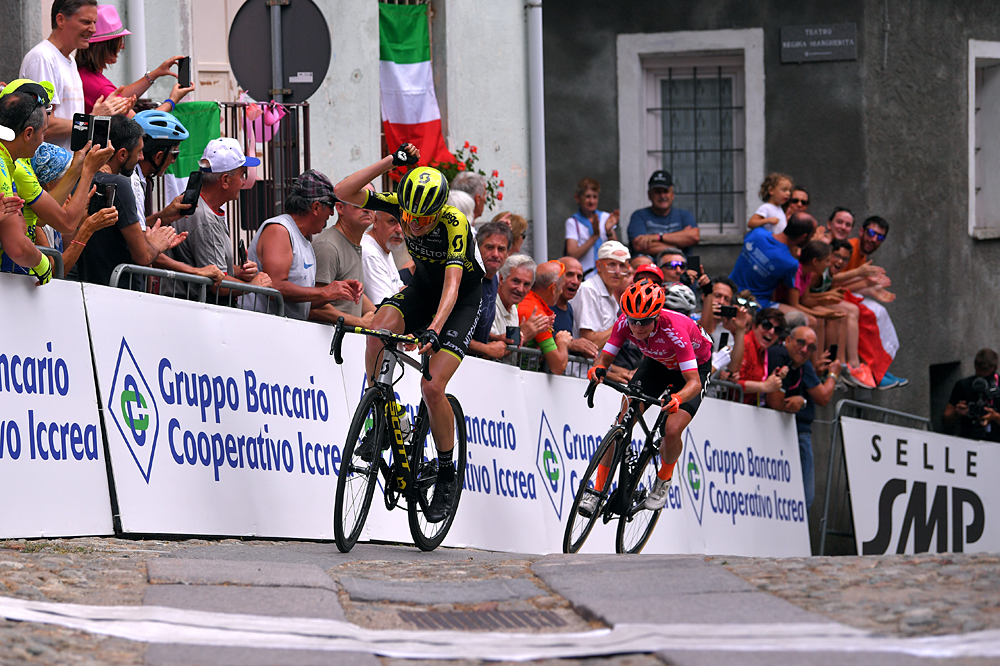
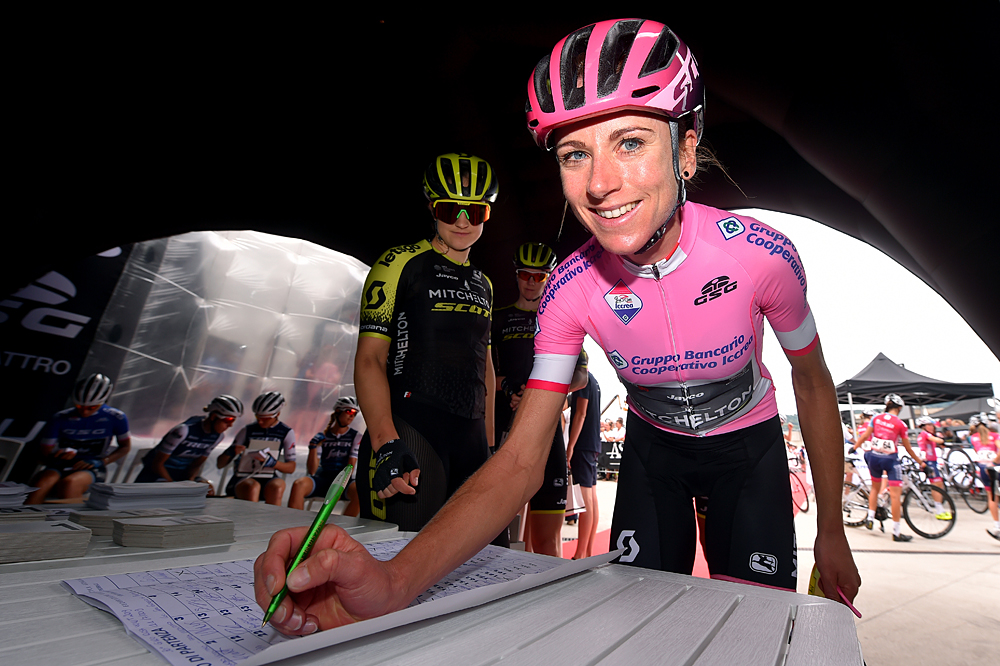
The 2019 Giro d'Italia Internazionale Femminile provided 10 days of excellent women's racing. Looking back on the only women's Grand Tour, Cyclingnews draws six conclusions from the Giro Rosa.
Can anyone challenge Van Vleuten at the Giro Rosa?
Vos a contender for rainbow jersey at Yorkshire Worlds after dominant Giro Rosa
Van Vleuten helps Spratt onto Giro Rosa podium on final mountain stage
Giro Rosa: Van Vleuten seals overall victory
Annemiek van Vleuten's Giro Rosa-winning Scott Foil RC - Gallery
1. Van Vleuten was in a league of her own
It was the second consecutive Giro Rosa victory for Annemiek van Vleuten (Mitchelton-Scott). She also took two stage wins along the way, and, as if that wasn't enough, the 36-year-old also won the points and mountains classifications.
Van Vleuten's 2018 overall victory (with three stage wins, even) was impressive already, but her 2019 defence of the maglia rosa was on another level. With two overall victories, Van Vleuten enters a select group of only eight riders who have won the Giro Rosa more than once. Of those, only five have won it two times in a row – with the last to do so being Marianne Vos in 2011 and 2012.
Van Vleuten made her mark on the race by attacking at the bottom of the Passo Fraele – the finishing climb to stage 5. In a sort of self-fulfilling prophecy, none of her competitors even attempted to follow the Dutchwoman, and she won the stage by almost three minutes, laying the groundwork for her overall victory. Her winning margin of 52 seconds in the next day's time trial was almost small in comparison.
In fact, the groundwork for Van Vleuten's victory had been laid far earlier. Following an injury lay-off after the World Championships last September, she went back into training with a vengeance in December, stringing together training camp after training camp.
In January, Van Vleuten joined the men's Mitchelton-Scott stage-racing squad for 'La Sojourn' – an 11-day stage-race simulation across southern Portugal and Spain that included 'stages' of up to 250km. Stints on Tenerife in February and March followed, only interrupted by a carefully-chosen programme of spring Classics (of which Van Vleuten won Strade Bianche and Liège-Bastogne-Liège). In May and June, she returned to Tenerife for three weeks, followed by another week at altitude near Livigno, Italy.
The massive time gaps between Van Vleuten and the rest of the field made for some surprising monikers. Elisa Longo Borghini (Trek-Segafredo) commented about Van Vleuten's stage 5 attack that "now the alien has gone and the race for us humans begins". Katarzyna Niewiadoma (Canyon-SRAM) compared herself and her competitors to apples, with Van Vleuten taking on the role of the grater that shred them to pieces.
Get The Leadout Newsletter
The latest race content, interviews, features, reviews and expert buying guides, direct to your inbox!
Van Vleuten's months of preparation had been with an eye on the race's Passo Gavia summit finish that ended up not being held – but more on that later. Having done a reconnaissance of every stage of the Giro Rosa, Van Vleuten and her team were always in control. This was to such an extent that the maglia rosa herself turned into a domestique on stage 9, increasing the pace from far out on the final mountain-top finish to create time gaps and help her Mitchelton-Scott teammate Amanda Spratt climb onto the overall podium.
However, this also showed that Van Vleuten is human after all. Having set a high pace from 11 kilometres out, she visibly struggled towards the end, and had to relinquish the stage victory to Anna van der Breggen (Boels Dolmans), who passed the maglia rosa in the final kilometre.
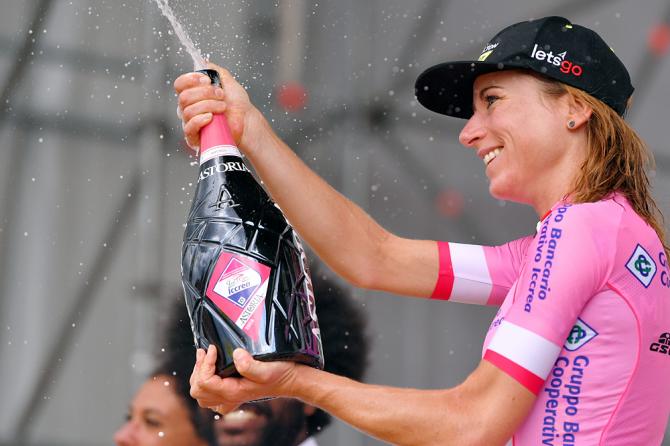
2. The Dutch continue to dominate, winning seven stages
Speaking of Van der Breggen, the road race world champion had hoped for more than a stage and a spot on the overall podium, almost four minutes down on Van Vleuten. Having skipped the race in 2018, Van der Breggen's return promised a head-to-head GC fight.
Her eventual performance showed the importance of mental happiness as well as physical training. Van der Breggen's mother underwent heart surgery in June, and complications after the operation turned into a life-threatening condition. Van der Breggen senior has since recovered, but, understandably, her daughter found it hard to focus on bike racing. It's testament to Van der Breggen's resilience that she still finished the Giro Rosa as runner-up, performing better and better as the race went on, and winning stage 9.
Another well-known Dutch rider over-fulfilled her own plans: Marianne Vos (CCC-Liv) finished the race with four stage wins – her biggest haul since 2014 (although Vos didn't race the Giro Rosa between 2015 and 2017). In total, Vos has now amassed a record 25 Giro Rosa stage wins across eight participations.
Between the three of them, Vos, Van Vleuten, and Van der Breggen ran off with seven of the 10 stages. Considering that stage 1 was a team time trial, and that two stages were won by breakaways, that is an astonishing win ratio.
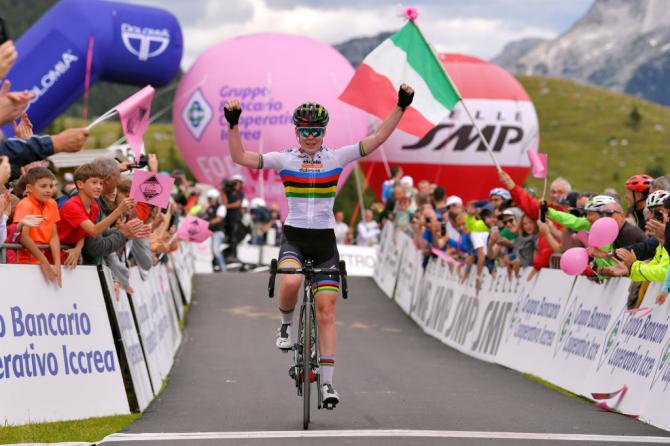
3. The cancellation of the Gavia summit finish probably didn't change the result (much)
On the day before the Giro Rosa got under way, it lost what was supposed to be the pinnacle of the race when the stage 5 Passo Gavia summit finish had to be cancelled due to landslides. The 25-kilometre climb to an altitude of 2,652 metres was replaced by the Passo Torri di Fraele – a much shorter climb at about eight kilometres, followed by two kilometres of almost flat gravel road to the finish at the Lago di Cancano.
Combined with the stage 9 summit finish at Malga Montasio and the stage 6 climbing time trial to Teglio, the race nevertheless provided more than enough opportunities to produce time differences between the GC favourites. While riders finished stage 5 in small groups, the steep Malga Montasio performed the job of splitting the race up completely as riders finished alone or in twos and threes. It's likely that a Giro Rosa with the Gavia would have seen much the same result, only with even bigger time gaps in the general classification.
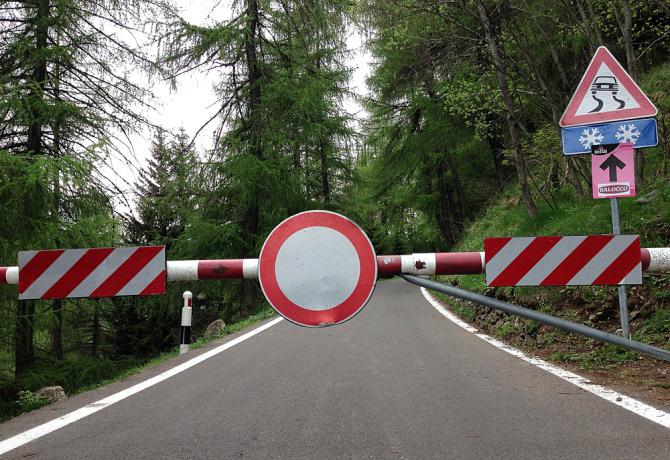
4. New riders continue to break through
Soraya Paladin (Alé Cipollini) was no unknown before the start of the race, or even the season, but in this Giro Rosa, the 26-year-old Italian showed that she has to be considered part of the very top of women's cycling. Paladin is a threat on every terrain, finishing in the top-10 on seven out of eight road stages, including fourth place on the Lago di Cancano mountain-top finish. On stage 8, Paladin joined the breakaway and finished third.
Fatigue may have played a role in her 17th-place finish at Malga Montasio, but she came back with a fourth-place finish on the final stage. Paladin's ninth place overall belies her abilities as her Italian team was far off the pace in the opening TTT; without the handicap of the 2:36 minutes lost on the first day, Paladin would only have been 35 seconds away from the final podium. Paladin's weakness is the time trial; she can hold her own in the mountains, but it is the punchy races with many short hills in which she really excels. The route at next week's La Course looks almost tailor-made for her.
Erica Magnaldi (WNT-Rotor), on the other hand, is an out-and-out climber. Having practised cross-country skiing in her youth, 26-year-old Magnaldi only came to professional cycling in late 2017 after competing in Gran Fondos besides her medicine studies. Last year was her first full racing season, and already brought a 13th place overall at the Giro Rosa and fourth place at the Tour of California, among other results. After finishing her doctoral degree in October, 2019 has been the first year during which Magnaldi could focus solely on cycling, and she has made another step, placing eighth on both mountain-top finishes of the Giro Rosa to finish in 10th place overall.
Juliette Labous was signed by Team Sunweb straight out of the junior ranks ahead of the 2017 season. The now 20-year-old Frenchwoman has improved consistently and made her breakthrough in this Giro Rosa. From stage 2 onwards, Labous wore the white jersey as the best under-23 rider, and she defended it to the end. After the stage 6 climbing time trial, Labous had moved into eighth place overall, and although she lost a few placings again and finished the race in 11th place, Labous has a bright future ahead.
Demi Vollering (Parkhotel Valkenburg) has been a revelation at every race she's participated in this year. The 2019 season is the 22-year-old Dutchwoman's first year on a UCI team, and from a late breakaway at the Trofeo Binda via third place in Liège-Bastogne-Liège and second place overall at the prestigious Festival Elsy Jacobs, to fifth place overall in the Women's Tour, she has confounded expectations time and again.
Vollering debuted in the Giro Rosa without much pressure, but with more-than-reasonable success. Tenth place on the Lago di Cancano stage laid the foundation for a good GC result, with her best stage result being fifth in the uphill sprint finish to stage 7. The most important result, perhaps, was her sixth place on the tough Malga Montasio climb, sealing 13th place overall.
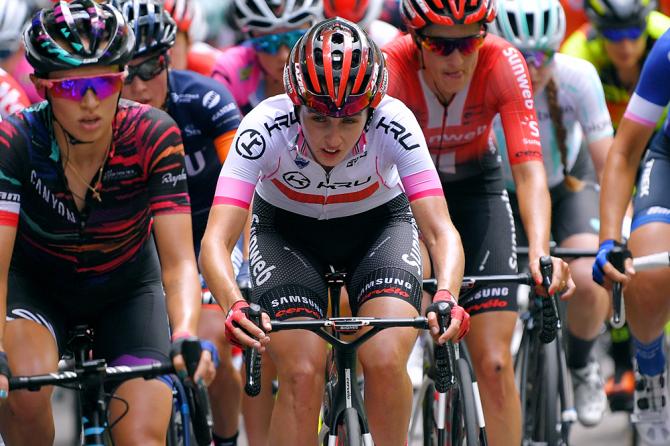
5. Don't celebrate until you've crossed the line...
Stage 3 to Piedicavallo and stage 4 to Carate Brianza provided a sense of déjà vu. In both cases, the rider with her arms aloft in the finish photo was not the winner of the stage. In Piedicavallo, Lucy Kennedy (Mitchelton-Scott) raised one hand as she thought she had won her first-ever Women's WorldTour race, only to see Marianne Vos sprint past her, literally in the final metre.
One day later, Nadia Quagliotto (Alé Cipollini) thought she had won the sprint between the day's three escapees and raised her arms – only for Letizia Borghesi (Aromitalia-Basso Bikes-Vaiano) to time her bike throw to perfection to win. It was the first victory in a UCI race for the 20-year-old Italian.
On stage 5, Annemiek van Vleuten won solo with minutes to spare – but she still raced all the way to the line and crossed it before celebrating her stage win. This was more down to her desire to take as much time as possible on her rivals than out of fear that someone might storm past from behind, though.

6. No live TV coverage of a race that still has a lot of unfulfilled potential
Unfortunately, there was no way of watching the Giro Rosa as it happened. The availability of coverage has still increased from last year, however, as Italian broadcaster PMG Sport at least provided a delayed broadcast with Italian commentary on YouTube, Facebook and other sites, starting between one and one-and-a-half hours after the finish of each stage. Italian TV channel Rai Sport broadcast this programme on national Italian television every evening.
Bike manufacturer Trek and women's cycling broadcaster Voxwomen combined forces to produce an English-language show that was streamed every evening at 6:30pm CEST, avoiding an overlap with the live broadcast of the Tour de France and offering one fixed broadcast time, compared to PMG Sport's changing schedules. Technical problems forced the Trek/Voxwomen broadcast to start at 7pm CEST on one of the 10 days, and the frequent delays in the PMG Sport broadcast will likely have been due to similar issues.
The extended highlights videos produced by the Global Cycling Network (GCN) for YouTube were only available in selected countries – not worldwide like the Trek/Voxwomen production, the short GCN highlights, or the stage highlights produced by the UCI Women's WorldTour YouTube channel.
The quality of the productions was good, including pre- and post-stage interviews, and expert analysis, which there's often little time for during a live broadcast. But the amount of racing on show was somewhat limited. While there was plenty of footage from the sign-ins and starts, the early parts of each stage were not filmed at all, and the race footage started with around 20km to go, showing the final 30-40 minutes of each stage 'as live', virtually unedited.
For live information on the race, one had to rely on the live updates on the UCI Women's WorldTour Twitter feed, with occasional updates on the race's own Twitter feed. This journalist also found a daily live ticker on Italian cycling website Tuttobiciweb, which was very helpful for cross-referencing and for additional information. In addition, there was the occasional Periscope live video by a spectator along the route.
In an age of instantaneous worldwide communication, many other women's races, including several races that are not part of the UCI Women's WorldTour, go to great lengths to provide live coverage. The situation at the Giro Rosa is an improvement on 2018, when the only available footage was in Italian, but it remains unsatisfactory. There is nothing like watching a cycling race live with the suspense of not knowing how the race will unfold.
In the Italian mountains, it may at times be difficult to relay reliable live images without the used technology becoming prohibitively expensive for a race organisation like that of the Giro Rosa. The men's Giro d'Italia sometimes has to cut to aerial shots or finish-line footage. But perhaps these limitations should be seen as challenges to overcome for the race – not as excuses for remaining passive in the face of rapid technological development.
The quality of racing at the Giro Rosa was excellent. The areas and landscapes that the race went through were picturesque, be it the plain of the Po river, the Valtellina, the countless switchbacks of the Passo Torri di Fraele overlooking the Valdidentro, the rolling hills of the Veneto including the steep, narrow, cobbled Muro della Tisa reminiscent of climbs in the spring classics, or the stunning Friulian Alps.
For 2020, the UCI has announced that a minimum of 45 minutes of live broadcast per stage will be mandatory for each Women's WorldTour race. Hopefully, the stakeholders of the sport will come together next year to provide live coverage of the Giro Rosa. Ideally, this would not only be limited to internet broadcasts, but also be transmitted on classic television channels, spreading the beauty and excitement of the Giro Rosa to a new audience.
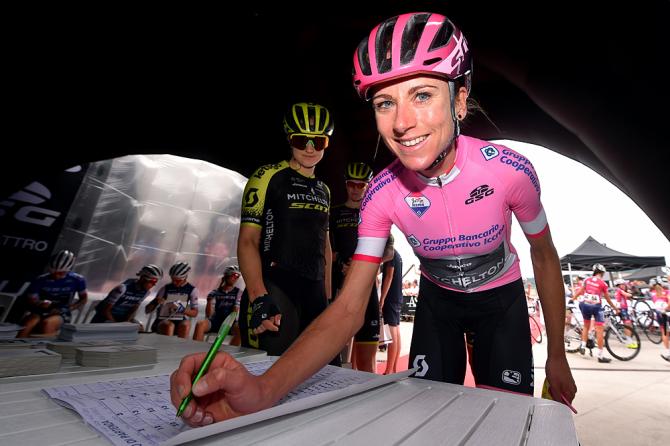
Lukas Knöfler started working in cycling communications in 2013 and has seen the inside of the scene from many angles. Having worked as press officer for teams and races and written for several online and print publications, he has been Cyclingnews’ Women’s WorldTour correspondent since 2018.